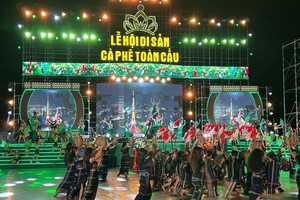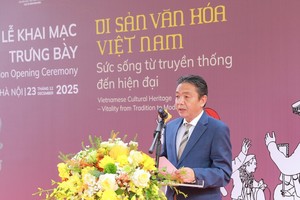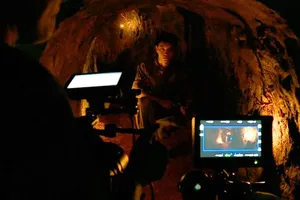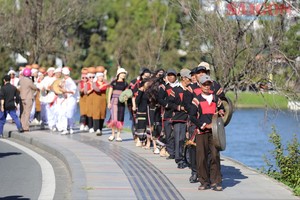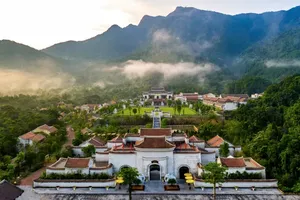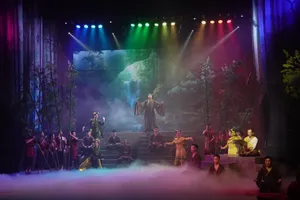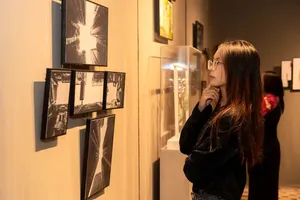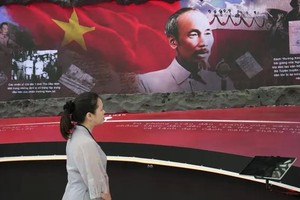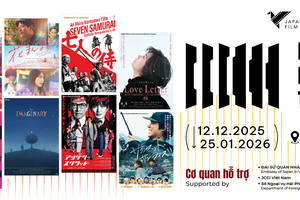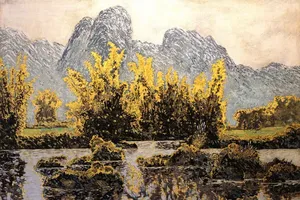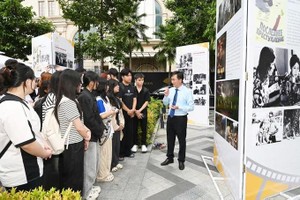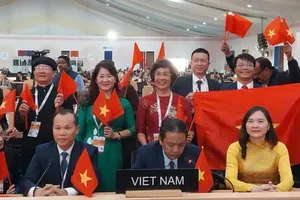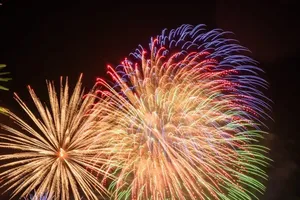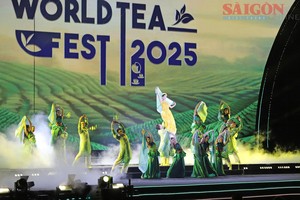
The musical instrument, made by musician Luong Nhan and used during the Long Chau Sa Campaign in 1951, is now on display at an exhibition entitled Literature and Arts during the Resistance War (1945-1954) in Hanoi.
Through the exhibition, visitors will have a chance to understand the cultural and artistic activities from the wartime. On display is the original version of Ho Chi Minh’s Dairy in Prison, a National Treasure recognised by the State as a symbol of the creativity and resilience of Vietnamese artists and writers in the hard conditions of war.
The exhibition also showcased original versions of Vietnamese literary masterpieces written by Nam Cao, Nguyen Tuan and Xuan Dieu.
“Culture is one among three fronts, together with economics and politics, in which the resistance force did not only carry out a political revolution but also a cultural revolution,” said Nguyen Van Cuong, director of the Vietnam National Museum of History, and the co-organiser of the exhibition.
“When the leadership of the Communist Party acted on culture, it effectively influenced public opinion by widespread dissemination of its ideas and policies,” he said.
The Party debated and released the Draft of Vietnamese Culture in 1943, providing an important direction for the birth of a new Vietnamese culture under the leadership of the Party. The important cultural views expressed in the outline were gradually supplemented by the requirements of the later stages of the revolution.
Approximately 200 photos and objects on display are the result of cooperation between the Vietnam National Museum of History and the Vietnam Literature Museum. These artifacts are displayed under the title "Literature and Arts during the Anti-French Resistance War (1945-1954) to celebrate the 75th anniversary of the draft.
“The exhibition helps audiences to better understand the values of the Draft of Vietnamese Culture as a guideline and as a document that provides direction,” Cuong said.
“The exhibition also tells audiences about the contribution of the first generation of revolutionary artists, who adopted the contents and ideas of the draft. Thereby, they had a more correct awareness of their responsibilities to build and develop a new Vietnamese culture, but still preserve strong national identity in the new period,” he added.
Researcher Luu Tran Tieu said the period from 1945 to 1954 was especially important. In the light of the Draft of Vietnamese Culture issued in 1943, the writers and artists became soldiers on the front of culture and art, he said.
“They contributed to the victory of the resistance war against the French invaders. Many valuable literary pieces and artworks were composed in this period, subsequently becoming a glorious chapter in national history,” Tieu said.
The exhibition is scheduled to run until September at the Vietnam National Museum of History, 25 Tong Dan Street, Hanoi.
